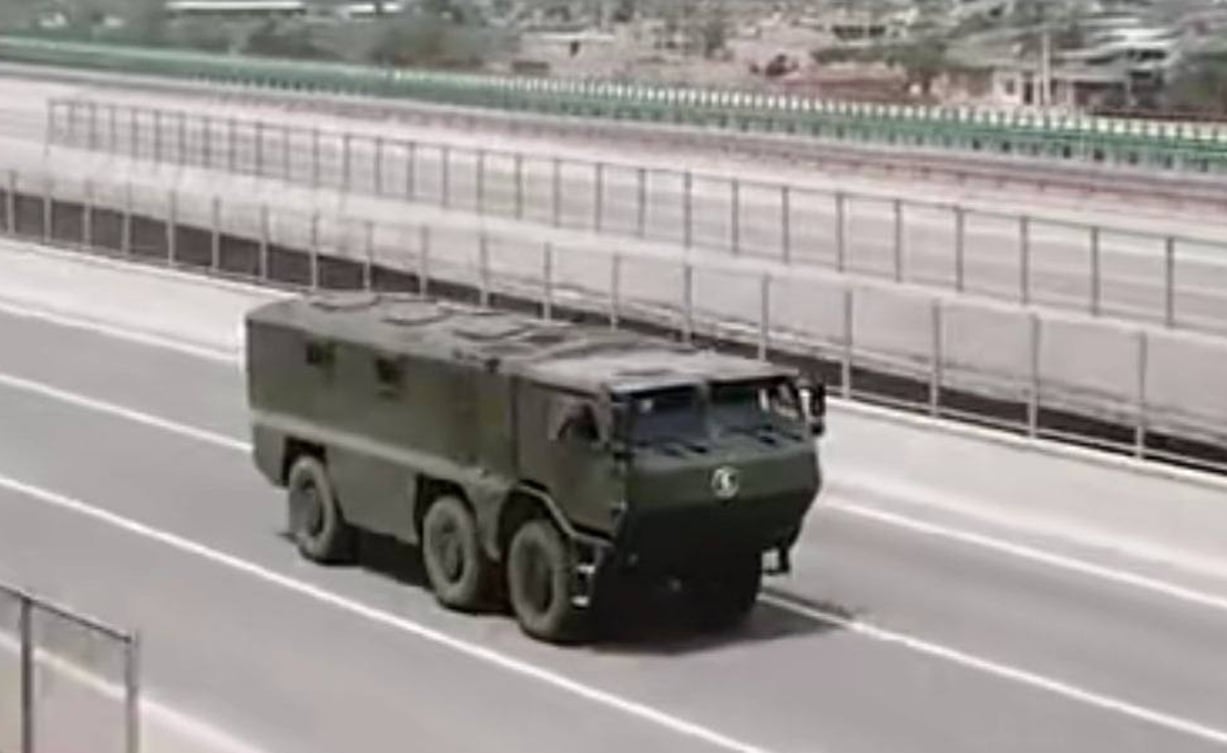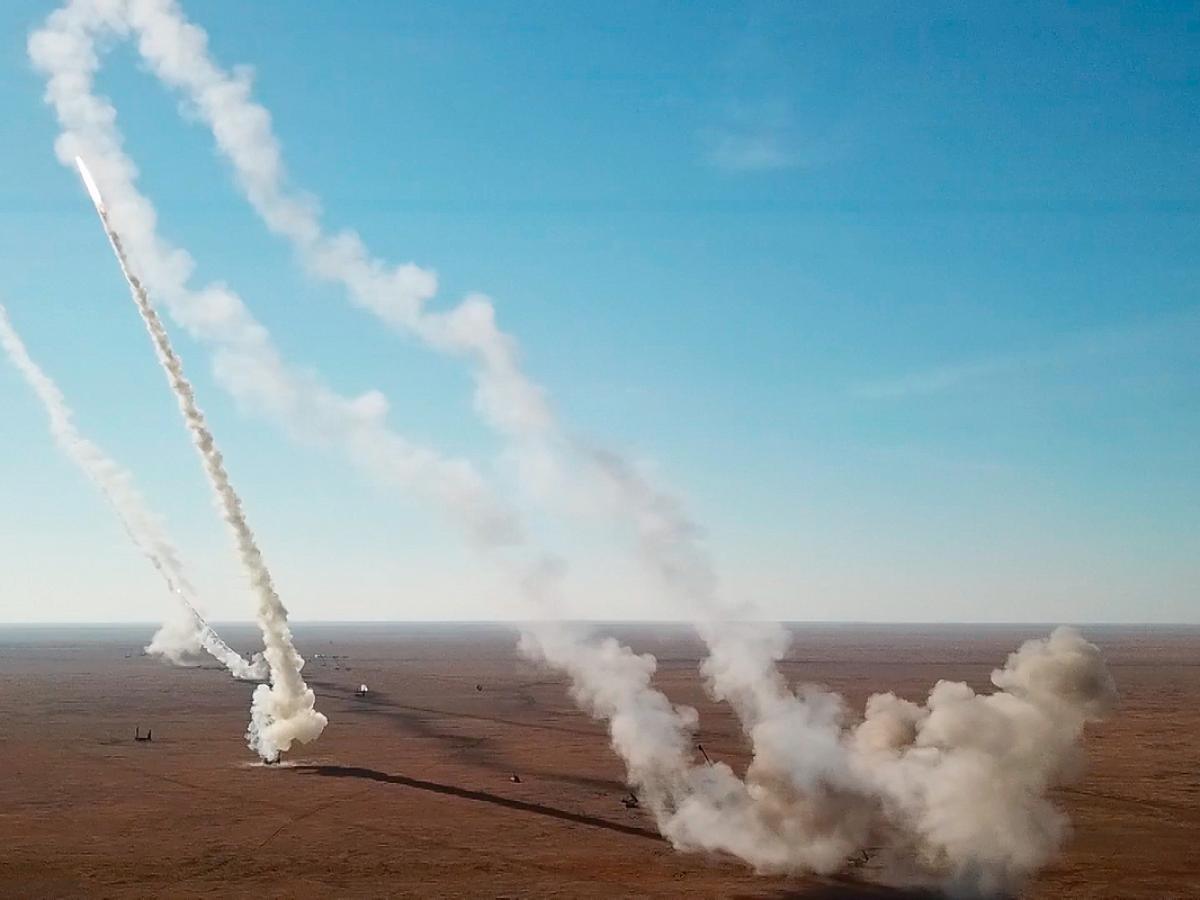By Daisuke Sato
Copyright defence-blog

China appears to be drawing further inspiration from Russian military design, as a newly observed Chinese armored vehicle bears a clear resemblance to Russia’s KamAZ Typhoon series. The vehicle, seen in a recent video, shares a nearly identical configuration to the Russian Typhoon, a modular, mine-resistant ambush-protected (MRAP) vehicle developed by KamAZ for the Russian armed forces. According to available details, the Chinese version mirrors the Typhoon’s layout, adopting a 6×6 configuration built on a chassis similar to the Shaanxi HMV3 tactical truck. The vehicle is designed with a modular rear compartment that houses troops, separate from the driver and crew cabin. Like its Russian counterpart, the troop module is fitted with a hydraulic ramp and mine-resistant seats suspended from the roof, a setup intended to reduce the transfer of explosive force from underbody blasts. The suspension system also mirrors Typhoon technology. An independent hydropneumatic system reportedly allows the driver to remotely adjust the ride height, enhancing both mine resistance and mobility over rough terrain. The rear compartment features personal weapon holders, seatbelts, and head restraints to improve survivability and secure troop movement. The vehicle’s debut suggests a deliberate attempt to create a scalable MRAP platform, as Chinese defense engineers appear to be developing both 6×6 and 8×8 versions simultaneously. Russia’s Typhoon program followed a similar path, with multiple axle variants designed for different mission profiles and payload capacities. While the exact manufacturer has not been confirmed, the vehicle’s resemblance to Russian MRAP architecture is hard to overlook. The similarities in structural layout, crew protection philosophy, and modular adaptability reflect what may be a broader pattern of reverse engineering or licensed adaptation. The development comes as China continues to expand its land systems portfolio, increasingly favoring modular, blast-resistant designs suited for asymmetric warfare and internal security operations. The rapid fielding of both 6×6 and 8×8 variants from the outset indicates a drive to match or exceed existing Russian capabilities in armored mobility. The Russian Typhoon, produced by KamAZ and used extensively in the war in Syria, is widely known for its modular structure, remote weapon stations, and advanced armor protection. Its Chinese analogue, while still unofficial, appears poised to fill a similar role within China’s expanding land combat doctrine.



